Flatbed Variety
Topic 4373 | Page 27
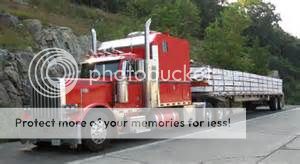
The "eye to the sky" coils normally require three straps each. Occasionally, we will run a chain in front of the front skid to act as the bulkhead. The chain would prevent the skid from............... skidding!
Ah I see, thank you. I think the most terrifying aspect of starting with flatbed is learning to do all the rookie driver things AND securement, but thats a topic of another thread at some point.
On topic, do you or the shipper decide which direction the coils are going to face? I was watching a youtube video of two different flatbeds being loaded side by side with the same product and one trailer was loaded suicide and the other had the eyes parallel to the trailer.
Shipper:
The customer who is shipping the freight. This is where the driver will pick up a load and then deliver it to the receiver or consignee.
Bulkhead:
A strong wall-like structure placed at the front of a flatbed trailer (or on the rear of the tractor) used to protect the driver against shifting cargo during a front-end collision. May also refer to any separator within a dry or liquid trailer (also called a baffle for liquid trailers) used to partition the load.

On topic, do you or the shipper decide which direction the coils are going to face? I was watching a youtube video of two different flatbeds being loaded side by side with the same product and one trailer was loaded suicide and the other had the eyes parallel to the trailer.
Ah! A very good question. You see, you are starting to think like a flatbedder! I had that very same question. Coils can be loaded suicide, eye to the sky, and shotgun. So that was bugging me as well. Why not just load it the same way? The thing that drives that train is the customer receiving the coil. The consignee may only be able to unload the coil with a forklift. Or, he may only be able to unload the coil with an overhead crane. The one buying the coil tells the shipper how it has to be loaded so they can unload it.
Makes sense, doesn't it!
Consignee:
The customer the freight is being delivered to. Also referred to as "the receiver". The shipper is the customer that is shipping the goods, the consignee is the customer receiving the goods.
Shipper:
The customer who is shipping the freight. This is where the driver will pick up a load and then deliver it to the receiver or consignee.

That is fascinating. Thank you for that explanation. Makes perfect sense.
Saw a Melton come in to our yard at school today and I guess take a 30 while we were out backing today. Boy are those gorgeous tractors. The school I'm going to likes pushing TMC and Maverick but I really like what I've seen from the experience you've shared here.
HOS:
Hours Of Service
HOS refers to the logbook hours of service regulations.
I will have pictures in a couple of days. Today was interesting, got to deliver a load about eight miles from Old Faithful. For those that read it as Old School 
 It was a cool experience.
It was a cool experience.
HOS:
Hours Of Service
HOS refers to the logbook hours of service regulations.
I guess flatbeders are good at rapping christmas gifts.
... but the tarps they use make the presents real heavy and watch out the bungees don't "...take your eye out!"
Jopa



As promised, here are some photos.....
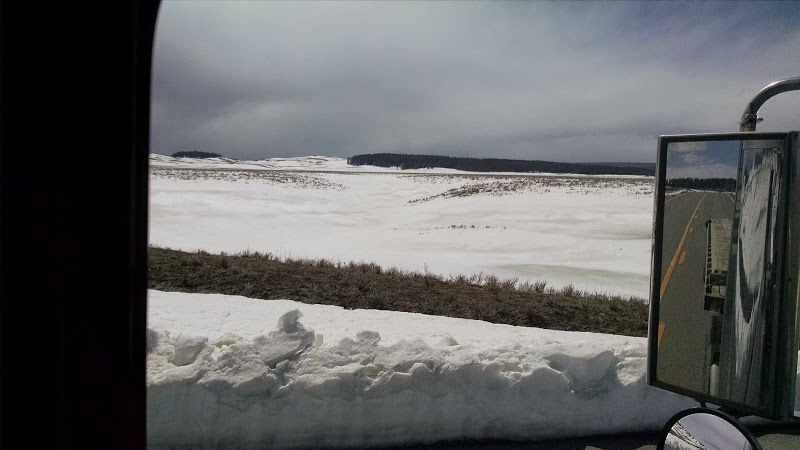

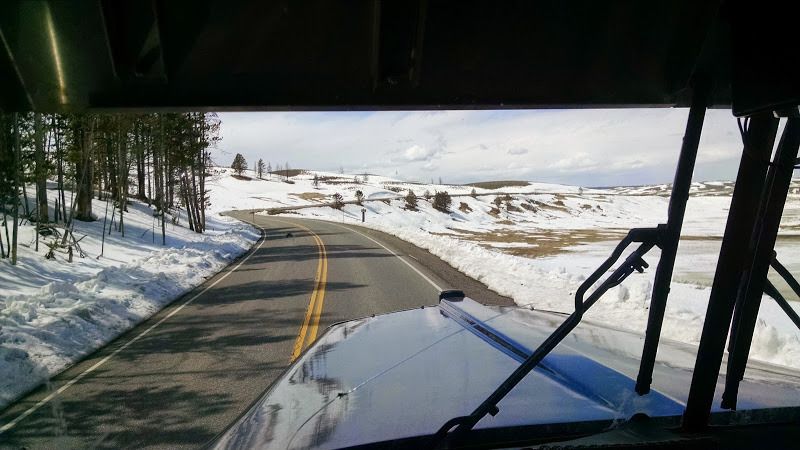
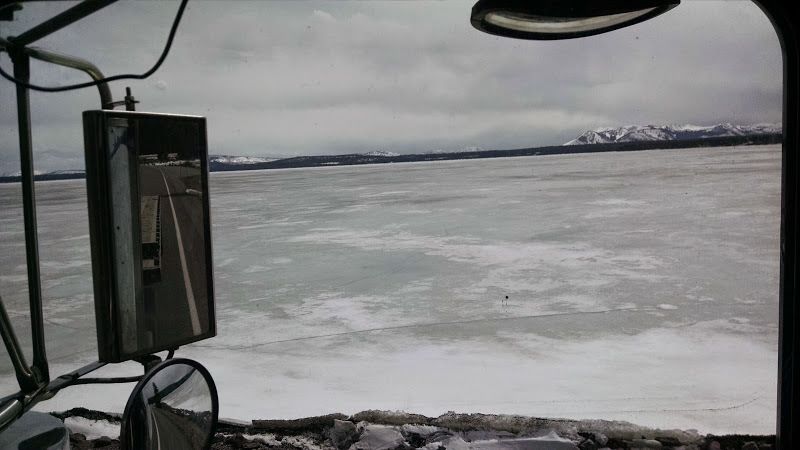
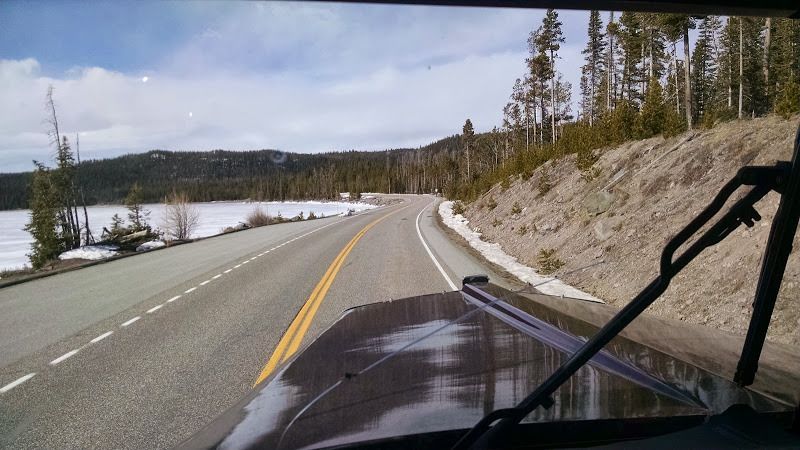
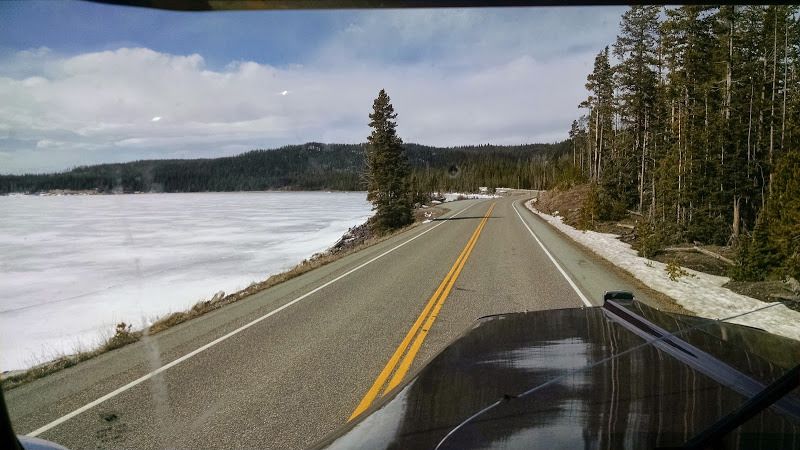

Oh yeah.... I almost forgot the load....
This is being turned into....
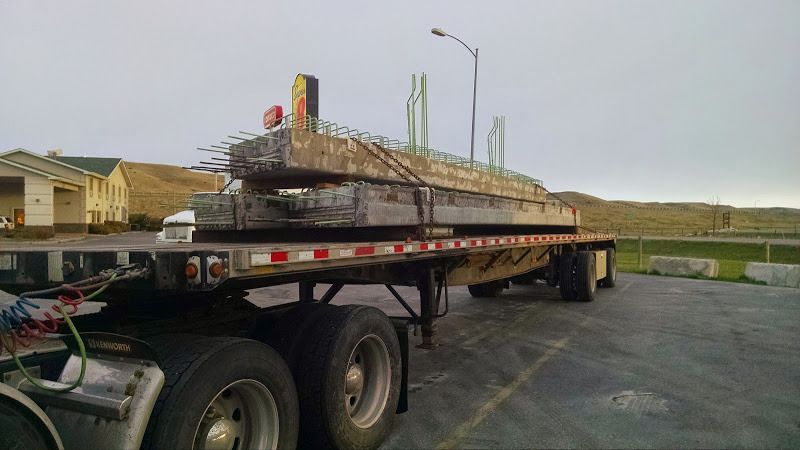
This....
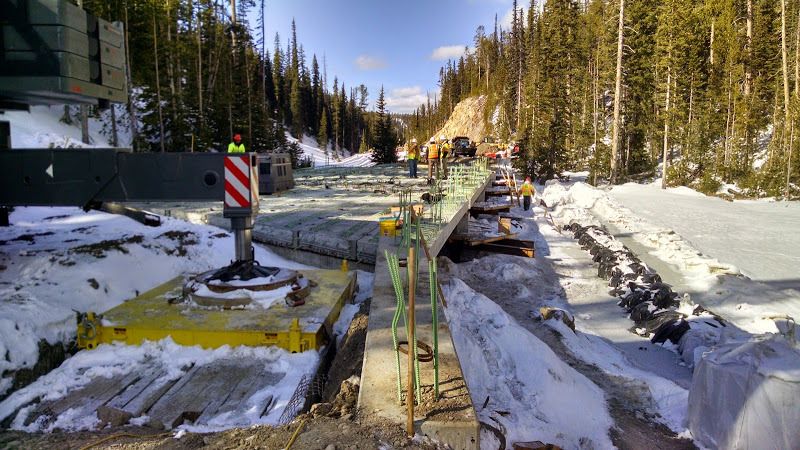
This is a bridge being replaced about 10 miles from Old Faithful..... 2 hours and 90 miles from the gate to the unload location. A little tricky with 3 inches of snow yesterday morning but we got her done.
20 minute delay for Bison walking down the road yesterday. Herd of Elk in the road at 6 am this morning on a blind corner. Then on the way home just north of Big Sky the truck in front of me had to lock em up because of Bighorn Sheep in the road.

Pat, I have 2 newbie questions:
1 - Why does your truck look blue in some pics and red in others? 2 - Would that crack in your windshield be an issue for DOT inspections?
DOT:
Department Of Transportation
A department of the federal executive branch responsible for the national highways and for railroad and airline safety. It also manages Amtrak, the national railroad system, and the Coast Guard.
State and Federal DOT Officers are responsible for commercial vehicle enforcement. "The truck police" you could call them.
New Reply:
New! Check out our help videos for a better understanding of our forum features

















Preview:
This topic has the following tags:
Advice For New Truck Drivers Choosing A Trucking Company Flatbed Hard Lessons Learned Load Securement Photos Truck Driving Stories






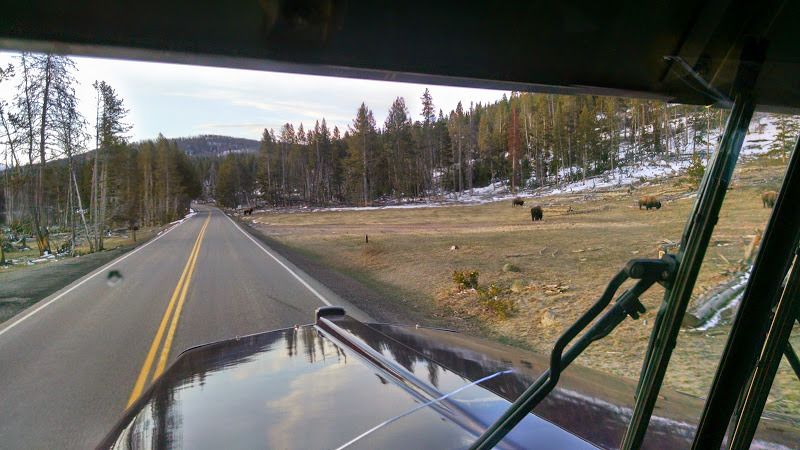
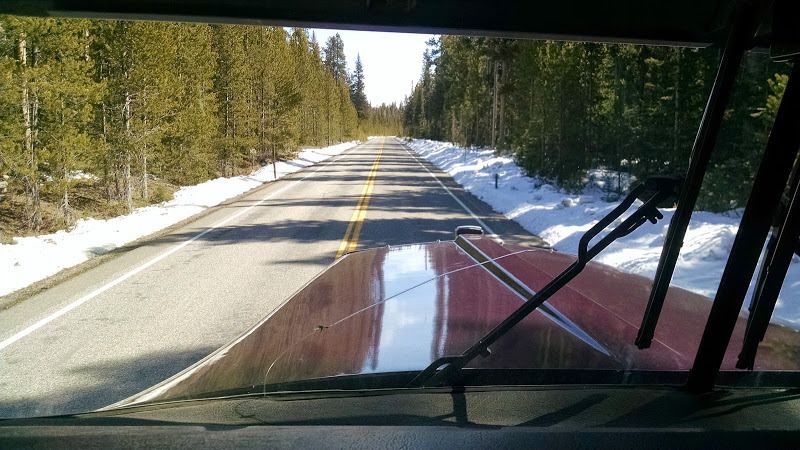

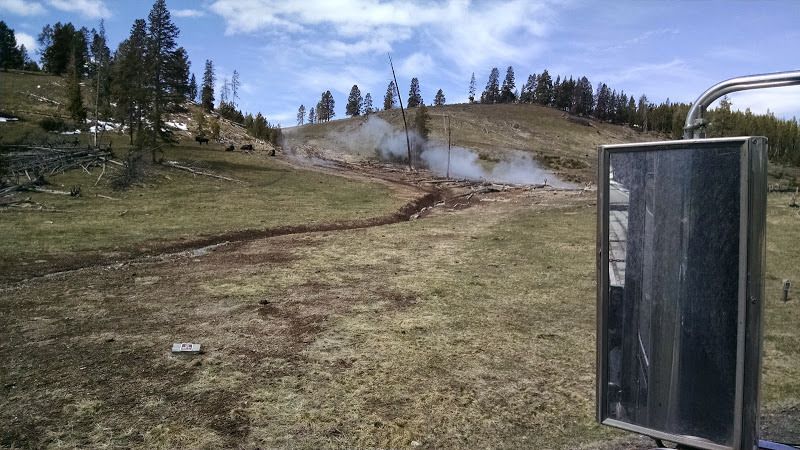
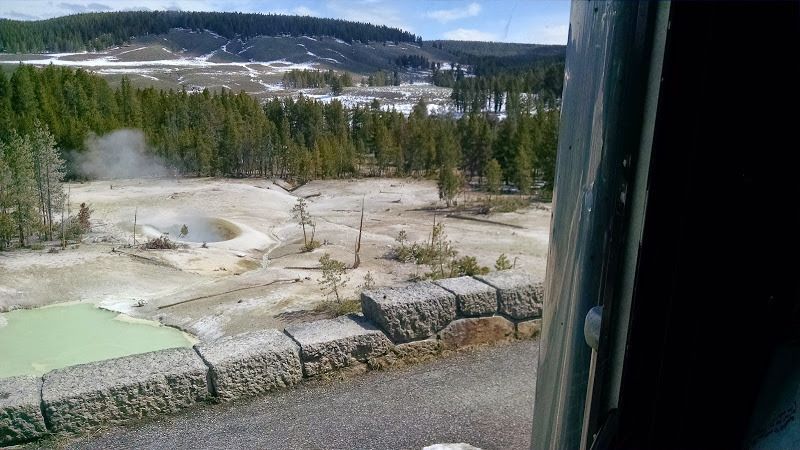
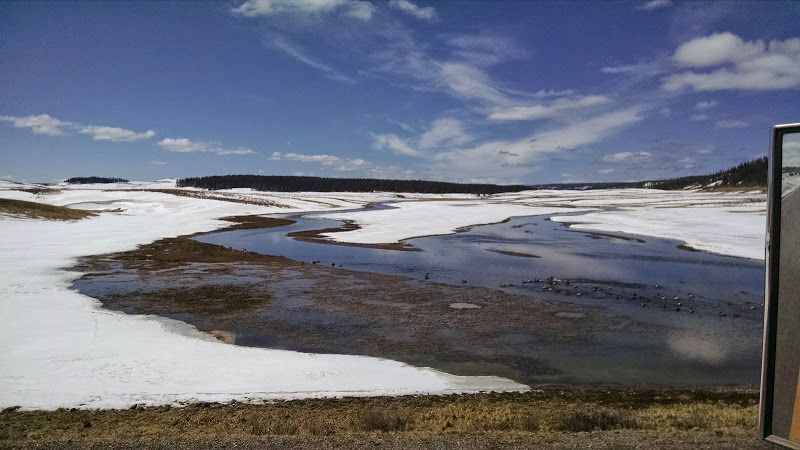
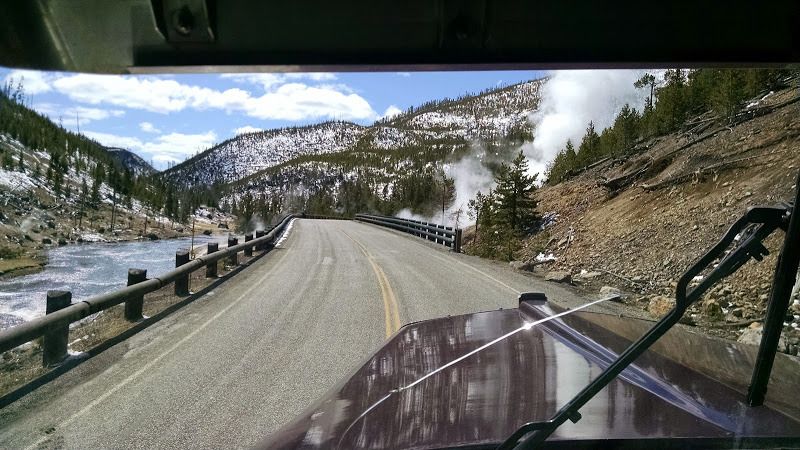

 TT On Facebook
TT On Facebook
The "eye to the sky" coils normally require three straps each. Occasionally, we will run a chain in front of the front skid to act as the bulkhead. The chain would prevent the skid from............... skidding!
Bulkhead:
A strong wall-like structure placed at the front of a flatbed trailer (or on the rear of the tractor) used to protect the driver against shifting cargo during a front-end collision. May also refer to any separator within a dry or liquid trailer (also called a baffle for liquid trailers) used to partition the load.